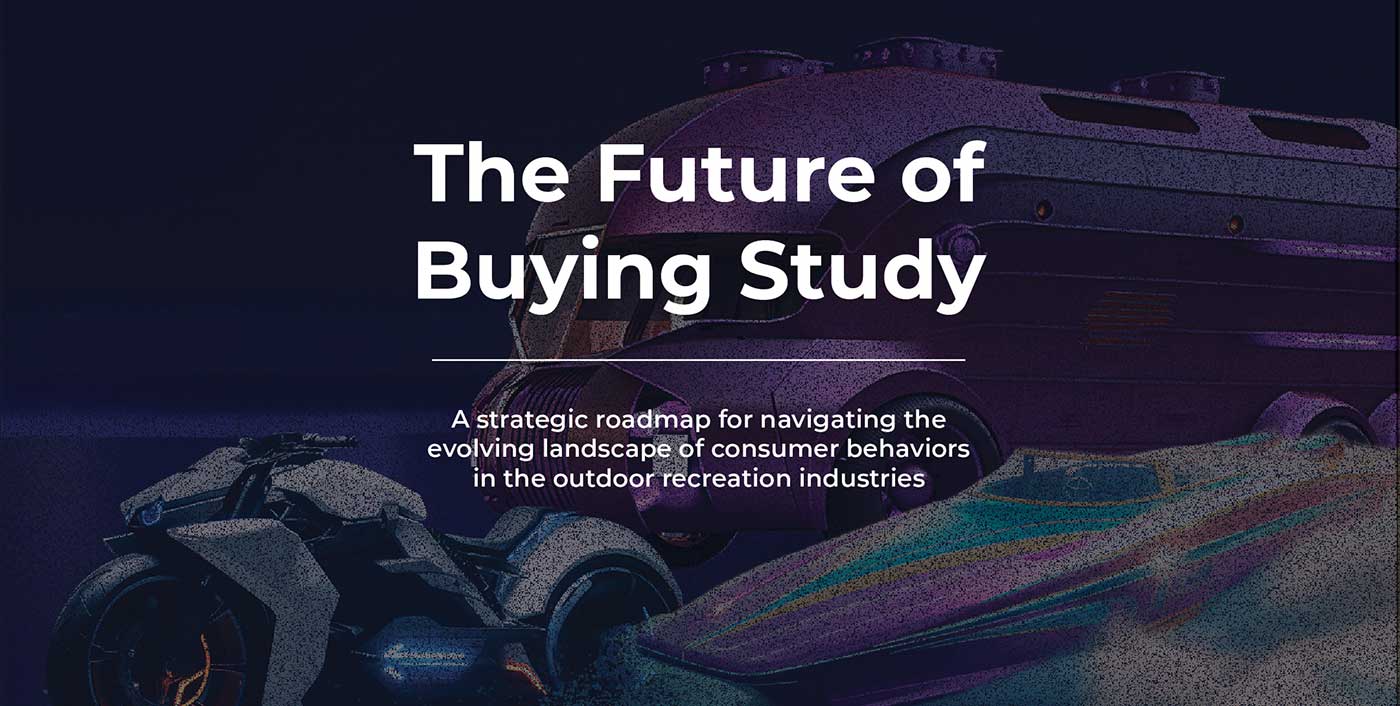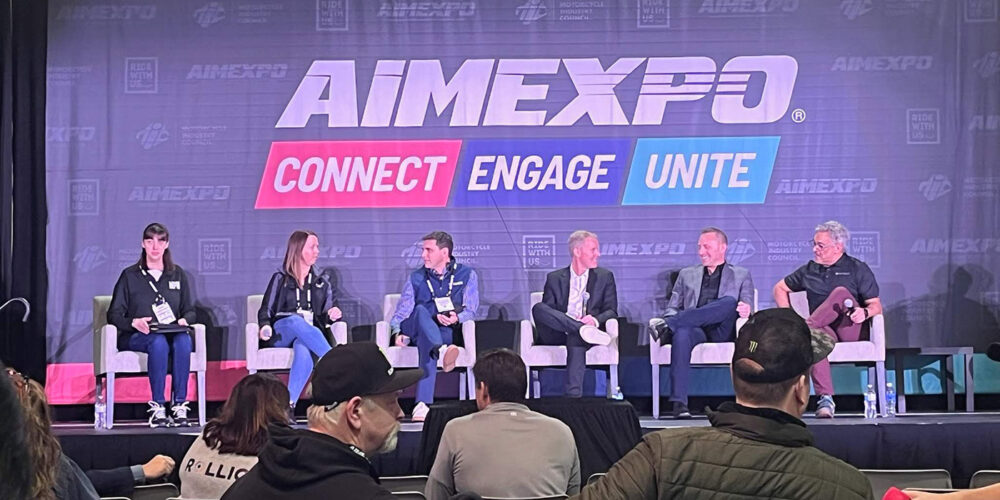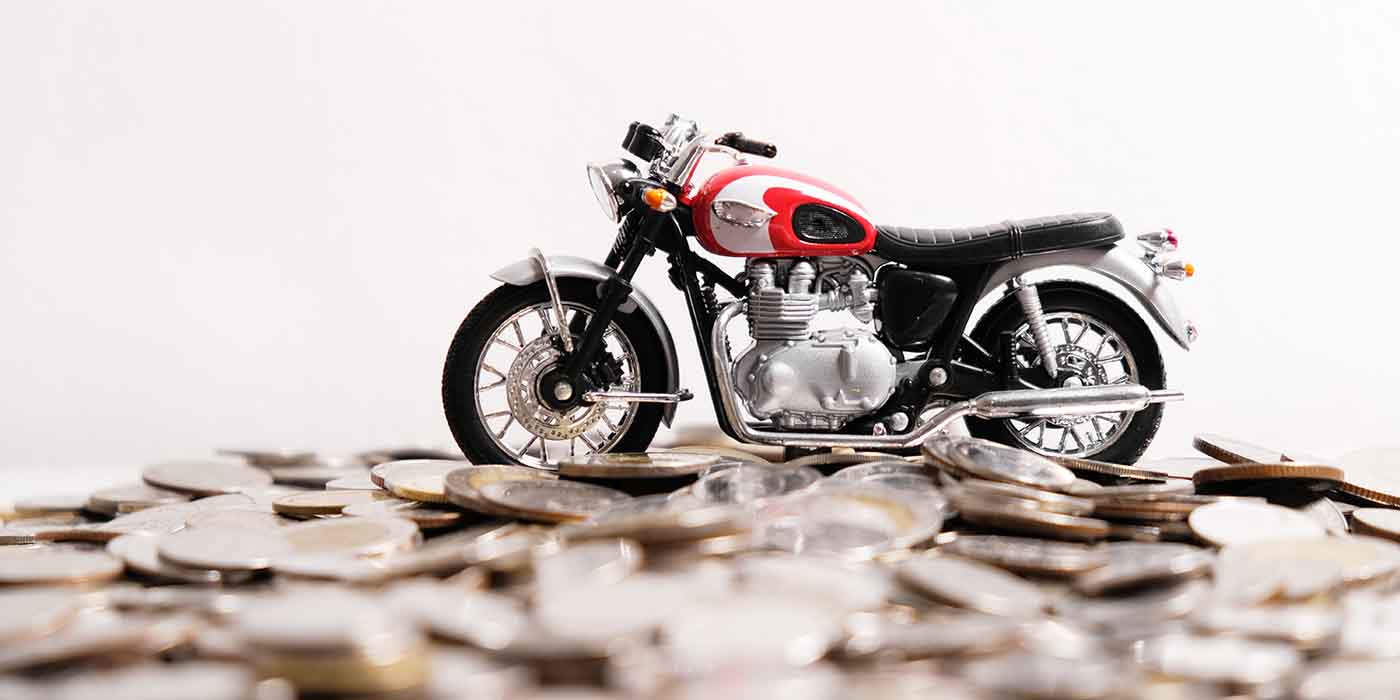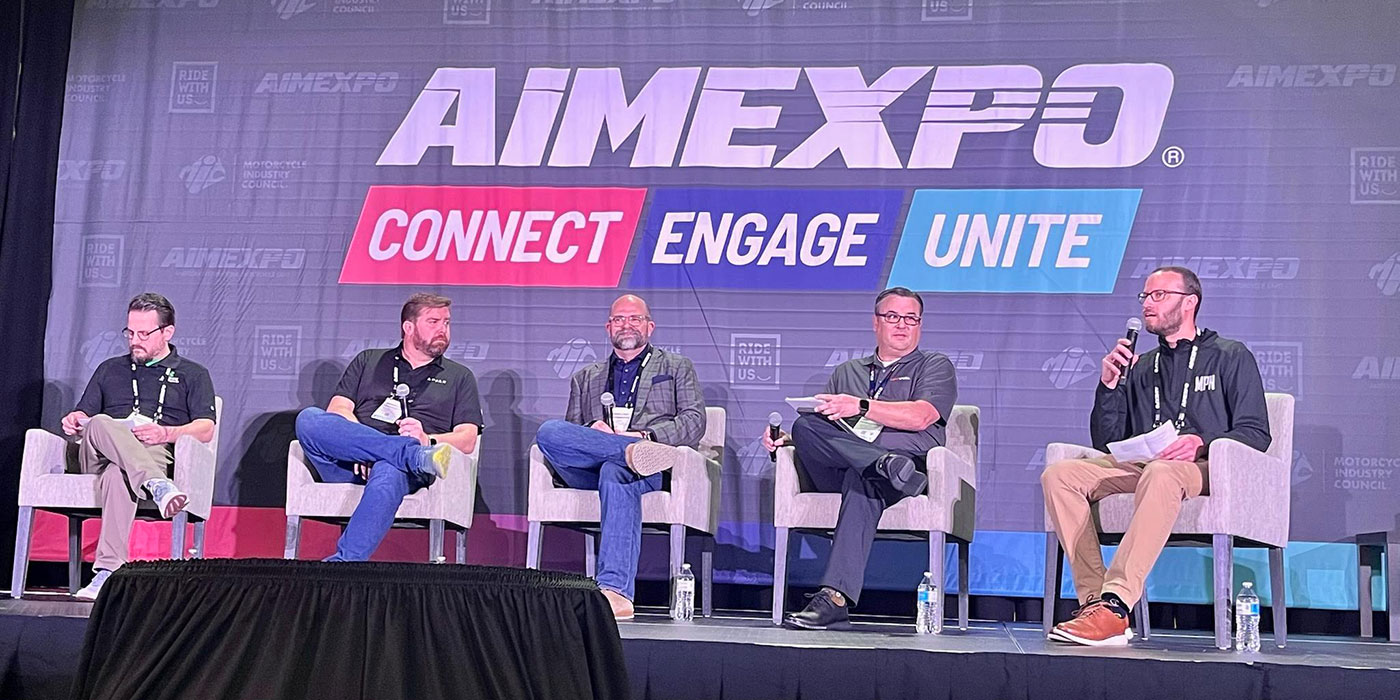For years now, PWC enthusiasts have been hearing the horror stories about ethanol. Added to our fuel, it attacks rubber and plastic components, corrodes metal, acts like a solvent to loosen up years of gunk in fuel tanks, even adds enough oxygen to the mix to make engines run hotter. Ethanol also attracts water. Get enough and the fuel can phase separate, leaving a mix of water and ethanol at the tank bottom (right at the fuel pickup) and reduced-octane gasoline at the top.
Up until recently, the mix of ethanol in gasoline was 10 percent (E-10). New blends of 15 percent, however, have only increased the concern. True, E-15 fuel would offer additional alcohol to absorb more water, making it less likely to phase separate. The increased alcohol, however, will only increase the corrosion concerns, not to mention potentially make engines run even hotter. Currently, the Environmental Protection Agency has approved E-15 only for cars and light trucks manufactured since 2001, but its increased availability means the chances are ever greater that the fuel finds its way into PWC. There have also been numerous reports of retail gas locations selling mixes far beyond the 10 to 15 percent limit.
“It’s a big headache,” says Vince Sotomayor, service advisor at Florida’s popular Riva Motorsports. “Most people don’t use their toys that frequently, especially marine products. As soon as two weeks the fuel can absorb water, water turns into corrosion, and it’s a domino effect.”
“We recommend buying ethanol-free fuel if you can find it. It’s hard to find, but worth the extra $1 per gallon. (Editor’s Note: Locate ethanol-free fuel locations at pure-gas.org or buyrealgas.com.) If you can’t find ethanol-free fuel, they’re going to have to go through the fuel in their tank within two weeks. If not, they’re going to have to prep it as if they’re winterizing.”
While some manufacturers, including Yamaha, now recommend using a fuel stabilizer at every fill-up, some experts warn it’s not a cure-all, as it may only slow the process. Still, any form of protection is better than nothing.
While any craft is susceptible to some degree, it’s important to note that older-model PWC may be particularly vulnerable. Exposure to ethanol over extended time periods causes rubber parts, like carburetor O-rings, to harden and become brittle. Should they break, the resulting pieces can wreak havoc on the engine. Likewise, craft from the ‘70s and ‘80s may feature carburetors made from alloys that don’t stand up to ethanol as well as modern materials. This could lead to advanced corrosion that clogs fuel passages, resulting in hard starting or rough running. Old carbs may also run leaner and hotter, as they were not designed to run on a fuel like ethanol that contains more oxygen and alters the ratio of air to fuel.
As you might expect, hoses are also vulnerable, as ethanol has been shown to deteriorate many types of rubber and plastic. A good rule of thumb is to replace any hose more than 10 years old. BoatUS suggests this tip: wipe a clean rag over the length of the hose, then smell it. If you detect the odor of gas on the rag, replace the hose immediately.
Other parts also need careful inspection. Plastic fuel-filter bowls should be replaced with metal if possible. Fuel-filler gaskets and O-rings should also be replaced every few years to prevent water from getting into the fuel system. Finally, don’t forget that fuel tank itself. Aging craft have likely accumulated a lot of gunk over the years. Once ethanol is added to the mix, its solvent properties will begin to dissolve that gunk and send it through the system. Service departments may wish to recommend customers either completely drain their tanks every season, or fill up completely with fresh fuel topped off with fuel stabilizer. A full tank prevents the tank from exposure to moist outside air and leaves little space for condensation.













